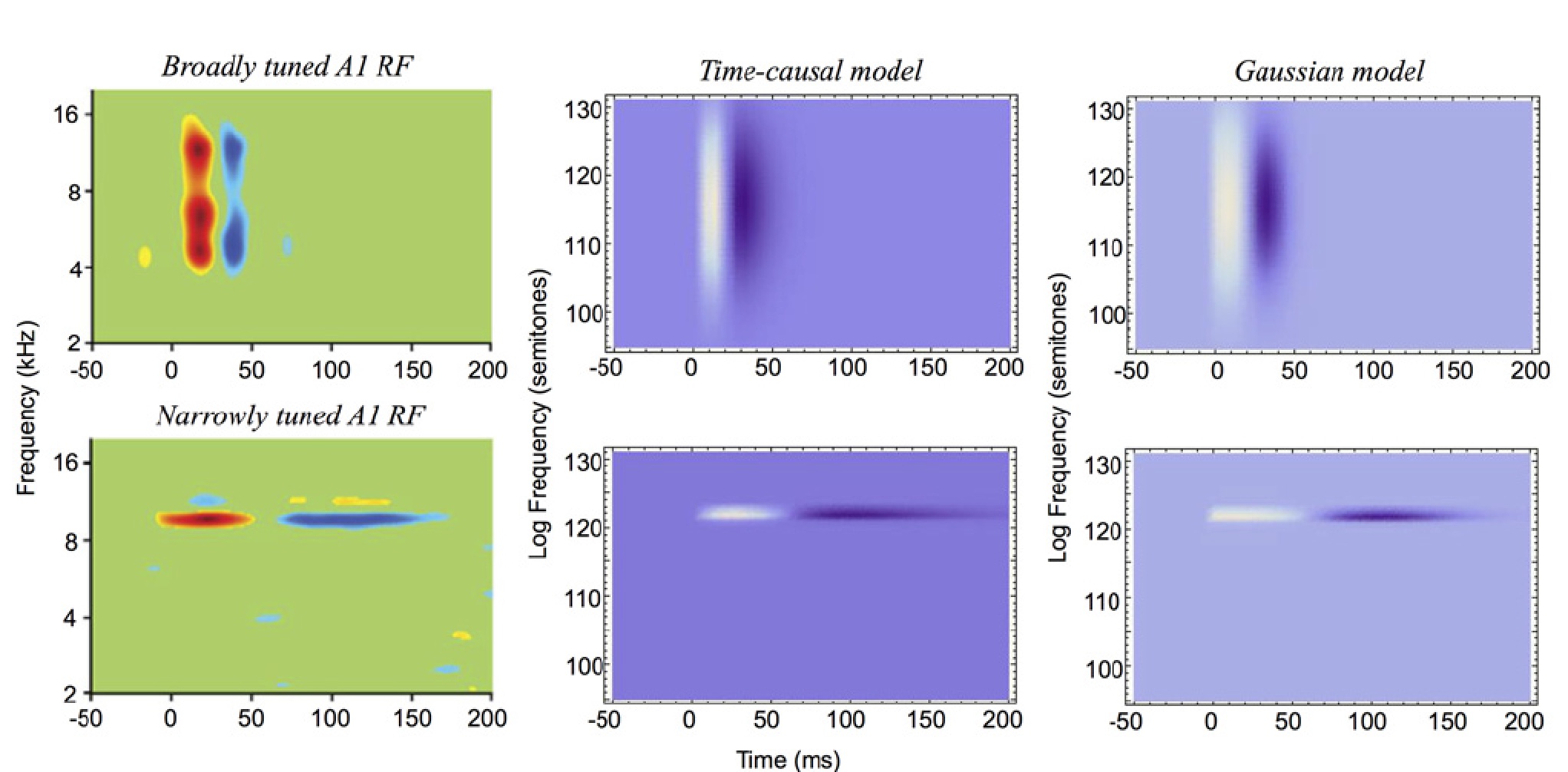Computational Vision at CST, KTH
Computational Vision is the science of understanding the computational mechanisms underlying visual perception and of equipping computers with visual perceptual abilities to make them see.
What are the properties of visual patterns that make it possible to perform such visual perception computationally to make a biological being or a computer see? The intensity or colour of the light distribution that reaches the fovea or a camera sensor is strongly dependent on both the geometric relations between the objects in the world vs. the observer and on the usually unknown external illumination. Thus, the first layer sensory (neural or pixel) representation of any object in the world will vary substantially depending on the imaging conditions. Nevertheless, we perceive the world as stable and use visual perception based on brightness patterns for inferring properties of objects in the surrounding world.
At our lab we perform basic research on theories and methods for computing features from image data and of using such features for deriving properties of objects and spatio-temporal events in the world. Our work concerns both the development of algorithms and concepts for computer vision and of using computational theories for modelling and explaining properties of biological vision.
A main theme of our work is image representations in terms of receptive fields, which can be modelled and characterized by scale-space theory. Under the clickable headers below, we give more detailed descriptions about some of the main topics of our research.
Scale-covariant and scale-invariant deep networks
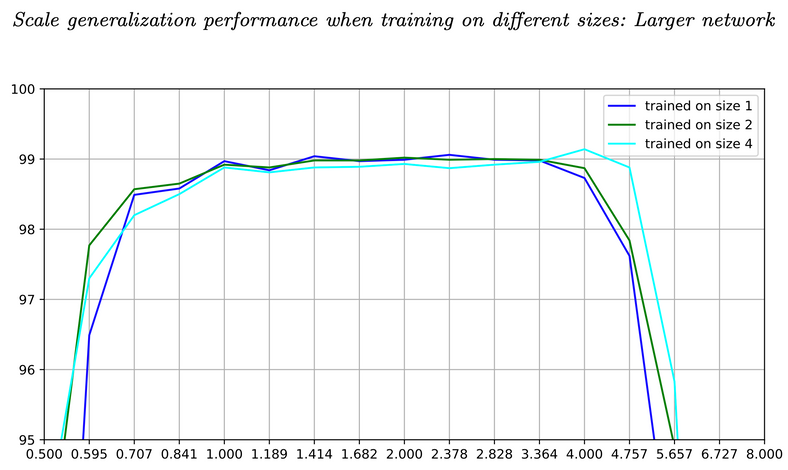
Covariant and invariant receptive fields under natural image transformations
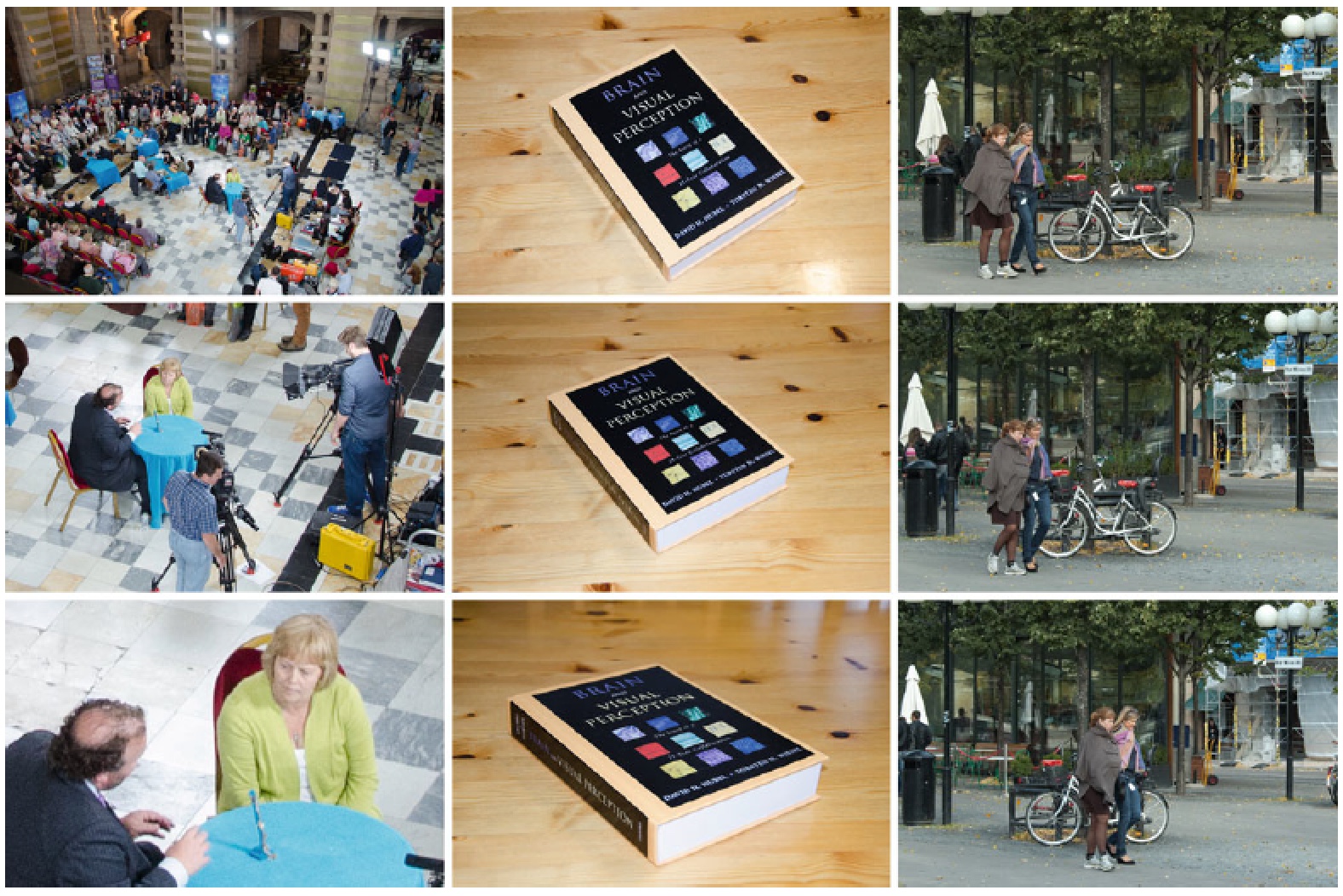
Time-causal and time-recursive spatio-temporal receptive fields
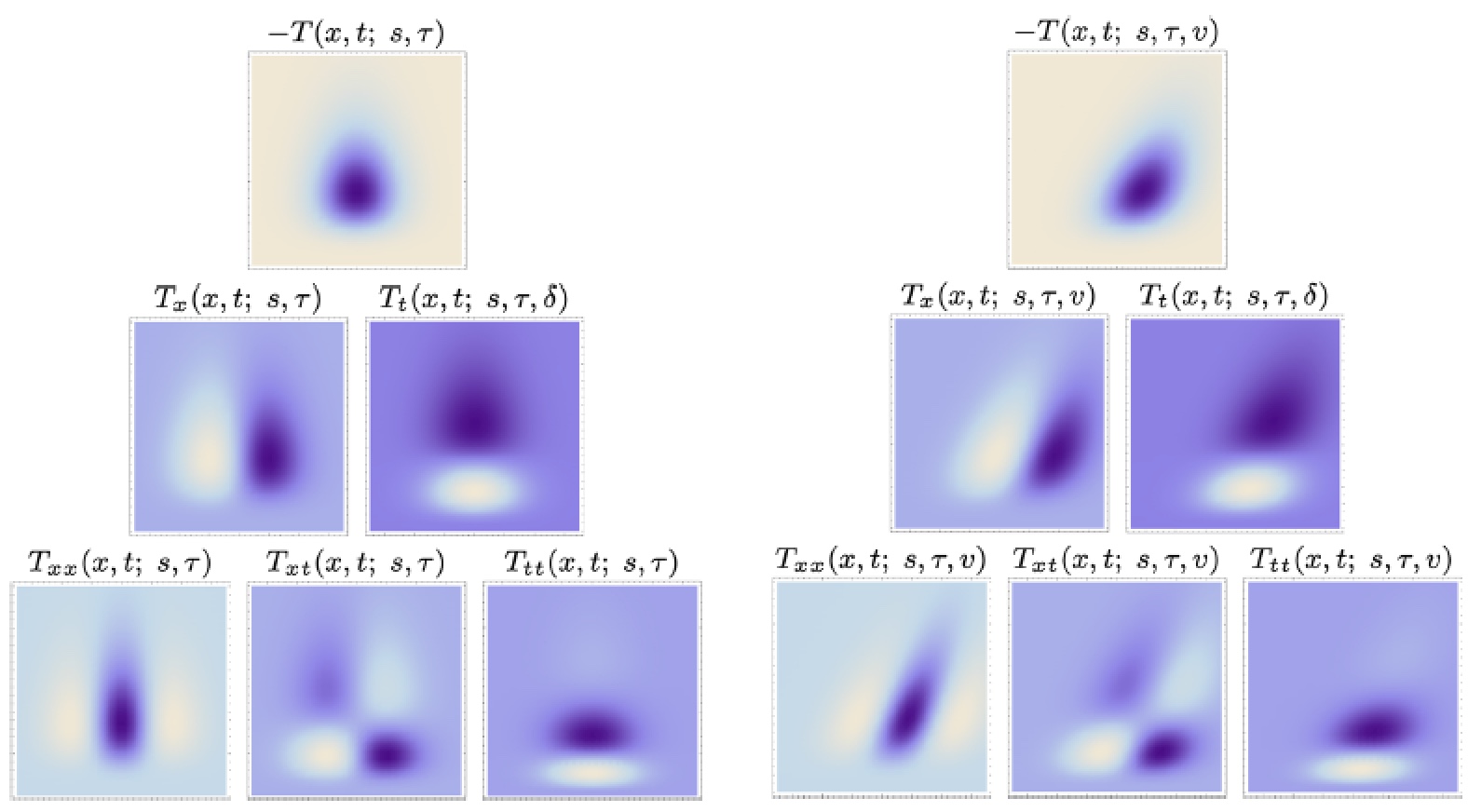
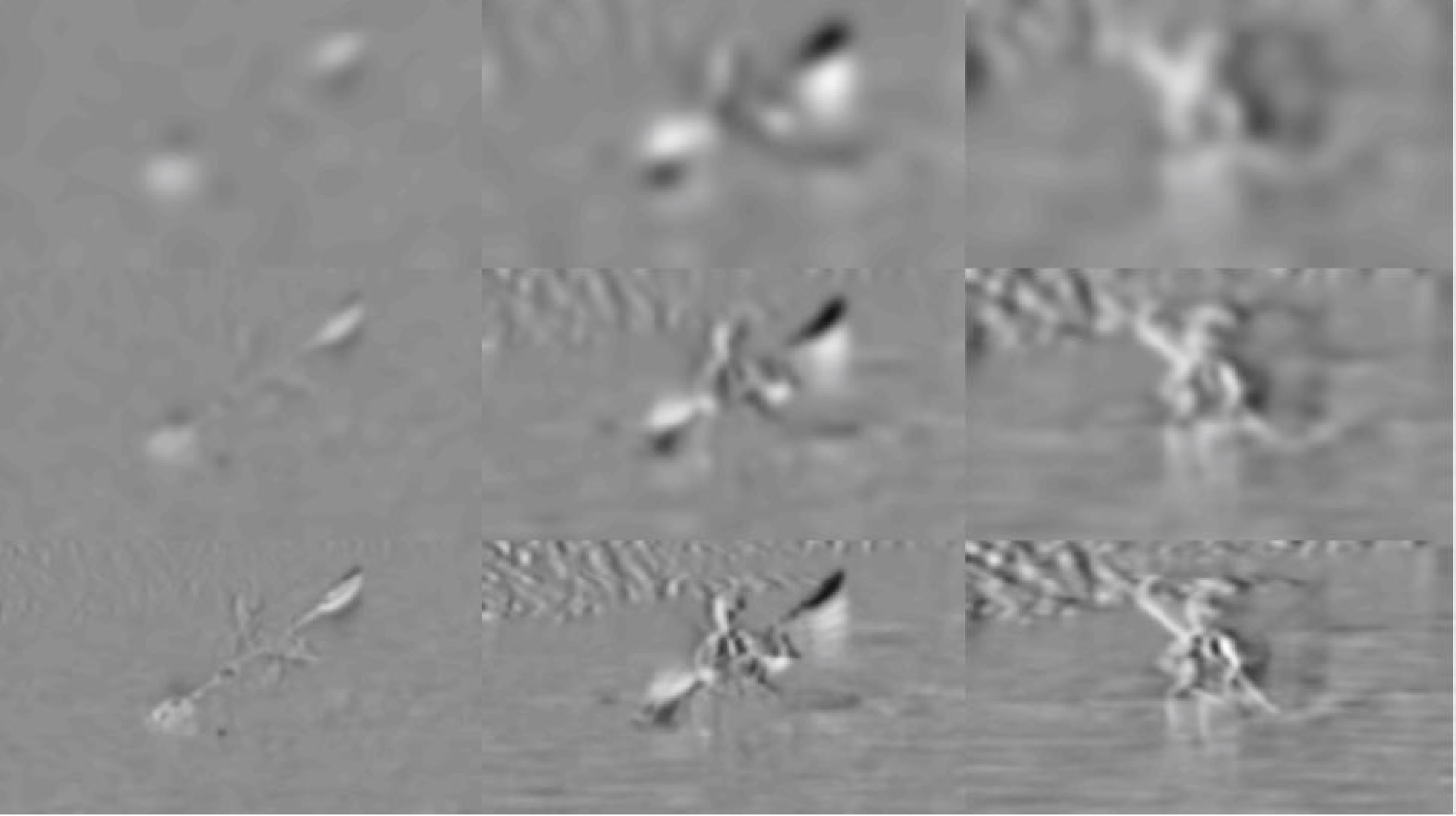
Image-based matching and recognition
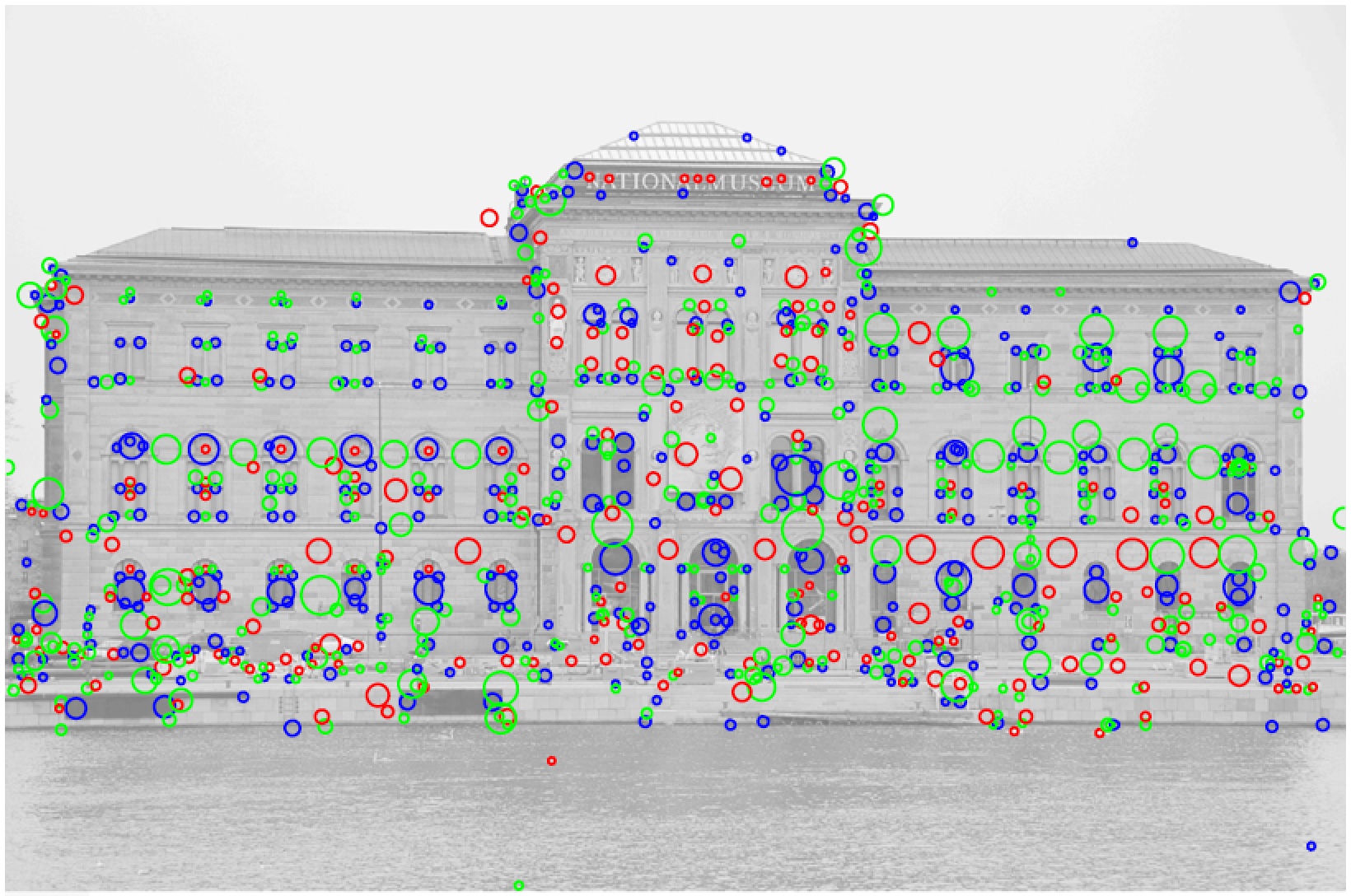
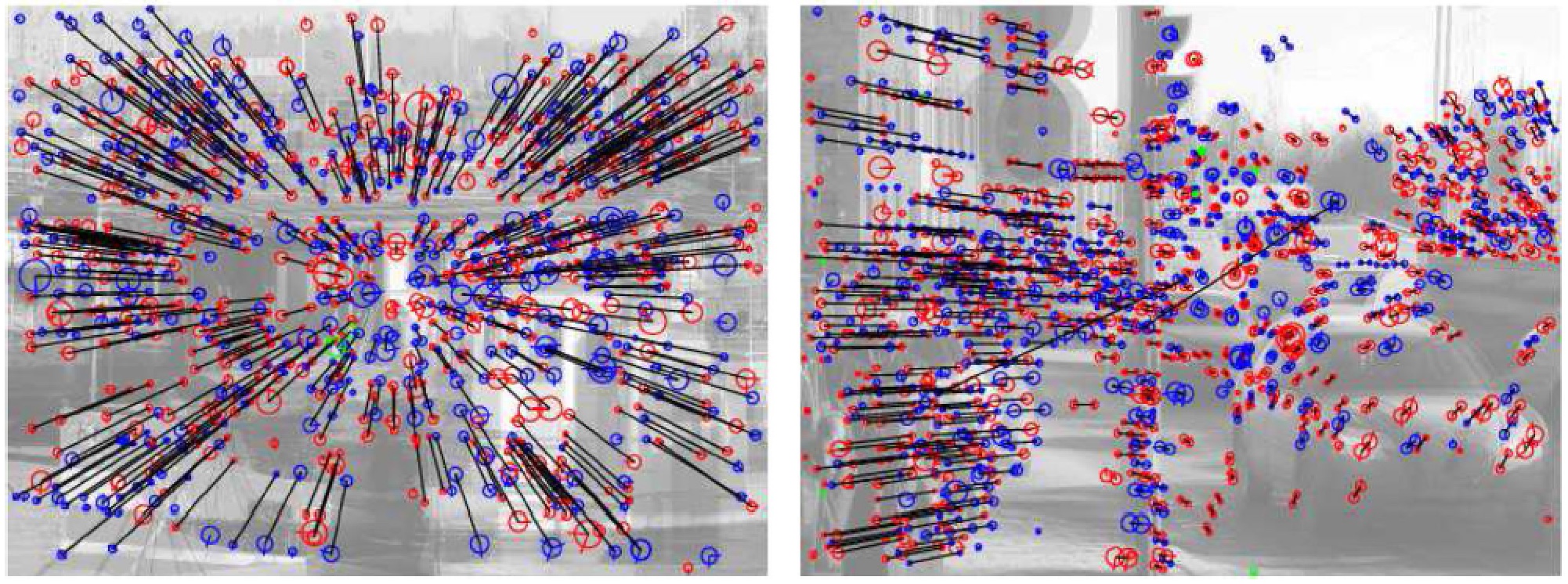
Scale-space theory for visual operations
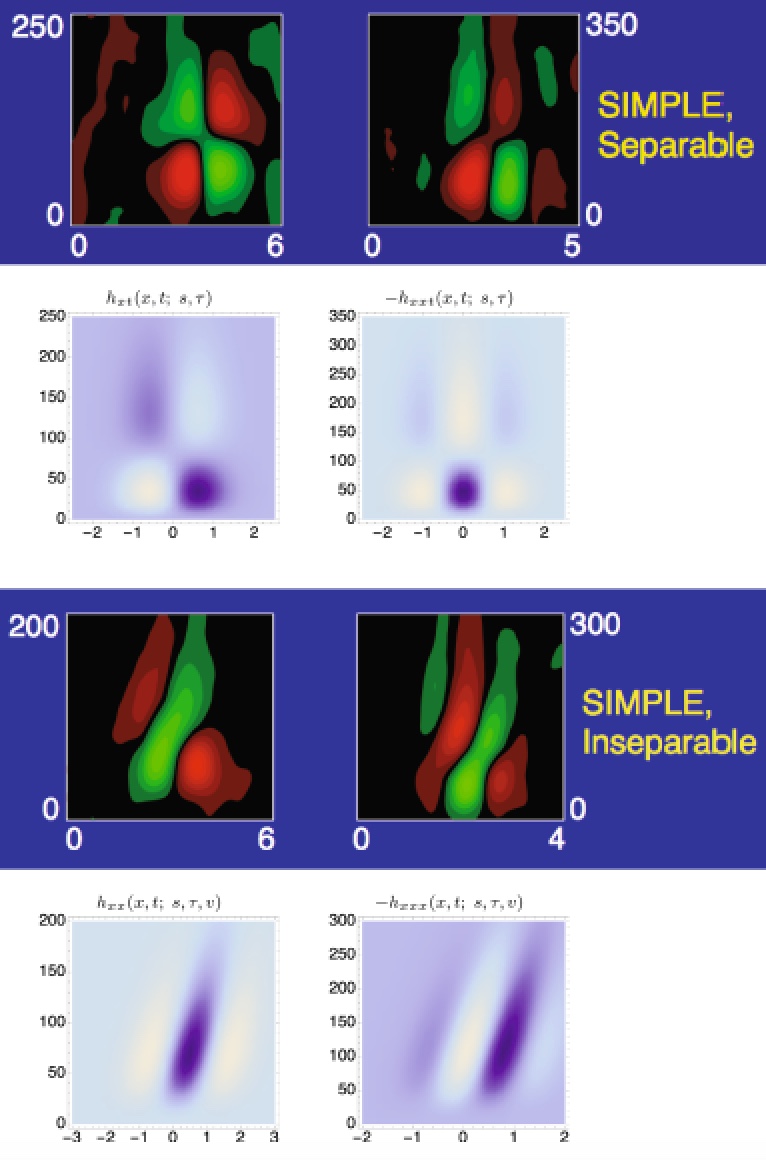
Normative theory for auditory receptive fields

